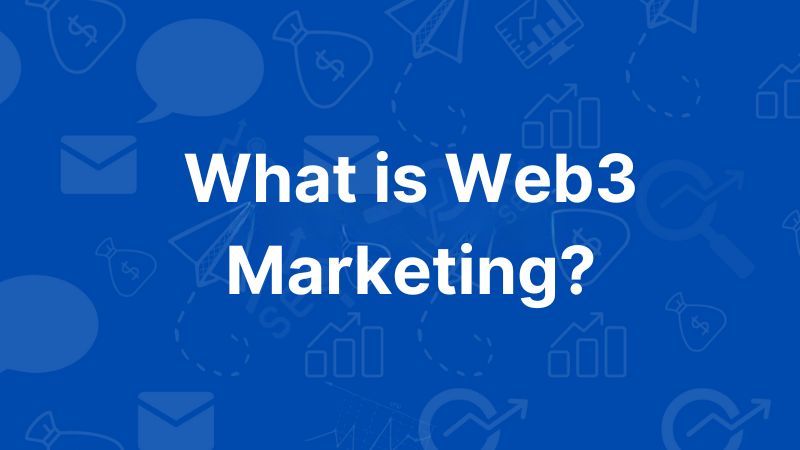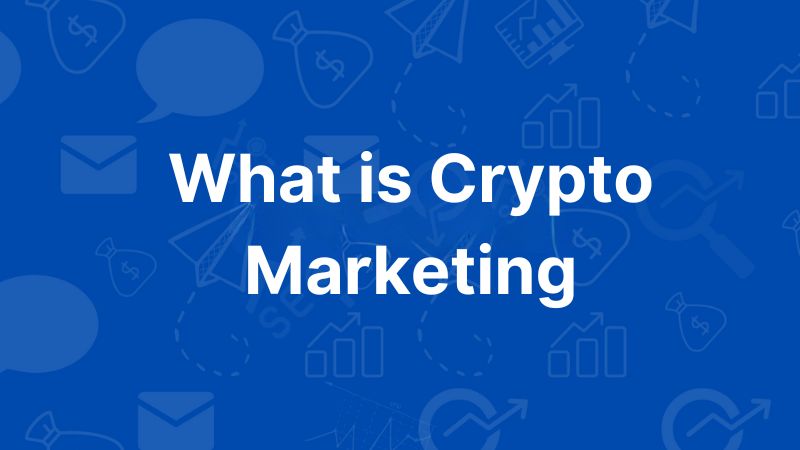With a growing number of ecommerce businesses, there’s an increasing need to start selling online with E-commerce platforms like Shopify. Why is it a popular E-commerce platform? Is it viable for your business? If so, how to sell?
Shopify is an all-in-one E-commerce app store that helps independent business owners sell online and in person. Many tutorials can help you create a Shopify account and trade on Shopify.
You’ll learn how to set up an excellent online store efficiently, list products, convert more customers into sales and track results. Shopify incorporates hosting, staff accounts, order management and the shopping cart software that makes Shopify quite popular as opposed to other entrants in the market.
Shopify is recommended for small and new medium businesses who want to focus more on the selling part rather than the technical aspects of creating an online store, especially if they have little to no coding knowledge. As of today, there are more than 800,000 active Shopify stores, generating billions worth of sales.
If you’re ready to begin selling, Shopify offers a 14-day free trial. Look through the start free trial, and you can choose either of the three plans, namely Basic Shopify, Shopify and Advanced Shopify, that will be most suitable for your business. If you are a small or medium business, it is best to start with the basic plan, which will allow you to understand your needs and upgrade your plan as you go along.
Shopify also offers different solutions for different business needs. These include Shopify Lite and Shopify Plus.
Shopify Lite allows businesses to sell on Facebook and chat with their customers on the Messenger app. At the same time, Shopify Plus is designed for businesses that prefer a completely scalable solution platform. The latter is a little pricey but offers a great deal ranging from a dedicated launch support team, a 24/7 priority support team, and a highly customisable grade solution platform. This will depend on what store owners feel is best.
Setting Up to Sell on Shopify
Here we’ve curated a checklist to help you stay organised, know what you need to keep in mind while using Shopify and how to manage and optimise a profitable E-commerce store using Shopify.
1. Getting Started on Selling on Shopify
You will need to sign up with Shopify, giving your necessary information such as username/password, business address, domain name, store name and others. The Shopify app then takes you to your new storefront management interface. Since Shopify offers a simple and straight forward set up process, your homepage immediately gives you the option to add products.
2. Adding Products to Sell on Shopify Store
Here Shopify gives you a variety of fields to complete for your Shopify store products. Note that getting your title, description, and images right has a significant impact on your store’s success or failure. For a business page with a considerable inventory, uploading products in bulk by importing a CSV file is better than manual uploads.
The title and description field tells your potential customers more about your product and is your first point of sale. Also, Google will look at these to determine which organic searches your products can show up. These organic search result placements are different from paid search text ads or Google Shopping ads.
You can use SEO to improve the likelihood that your product page will show up on relevant searches. However, even the most optimised pages can still struggle to rank high, especially if there’s a lot of competition for the same set of target keywords.
3. Choosing your Shopify Theme
So, you’ve entered all of your products, now it’s time to put your store together. Click on “Customize theme” from the “Home” tab to pull up your Shopify theme options. Shopify themes are predesigned to feature your products without hiring a web designer to create an online storefront.
If you want something a little more unique and willing to invest a bit more money, look through Shopify themes in the Shopify Theme Store or use theme sites such as ThemeForest. Once you pick a theme, you’ll need to click “Actions > Publish” to make the theme active.
4. Adding Apps to Your Online Store
The Shopify App Store offers the business owner apps to add to the online store. For instance, there’s an app for email collection pop-ups, an app for gift cards and others.
A few apps you should probably consider include :
- Yotpo Reviews- A tool that helps businesses collect and display user-generated content (UGC). With the free plan, it sends well-timed emails to potential clients, and you can use it to drive traffic from social media platforms while displaying product ratings.
- Edit Order by Cleverific – Stuff happens. Customers may put down the wrong shipping address, order the wrong size or colour or forget a promo code. The app doesn’t deal well with these changes on its own, so the Edit Order app is a lifesaver for merchants as long as the order hasn’t been shipped. Also, the app can help reduce shipping costs and return costs for your customers.
- Custom Audience Sync with Facebook- Re-targeting ads with dynamic product ads are a great way to reconnect with site visitors and re-engage users who checked your products or abandoned their cart. This app helps automate your retargeting campaigns by automatically syncing your customer lists with your custom audiences.
- Easyship – Most Shopify merchants sell physical products meaning they know how frustrating shipping can be. This app calculates international taxes and fees, so there are no hidden costs. It gives discounted shipping rates from more than 100 different shipping carriers, including FedEx and UPS.
5. Set up Payment Processing
One of the perks of using Shopify Payments is the inbuilt credit card processing system available. You don’t have to do much compared to using another payment service provider to process Shopify payments, although you are charged for that.
6. Customize your Shopify Domain
Technically, at this point, you canlaunch your Shopify store and start selling products, but if you want to inspire confidence in your potential clients, you should consider switching to a personalised domain name.
7. Setting up Email Address Responses
Another great way to inspire confidence in your brand is through clear email communication. Shopify offers a wide range of email templates that you can send out to clients when they reach specific points in their purchasing journey or use third-party apps.
And that’s it! You are well on your way to launching a successful Shopify store at this point. Setting up a beautiful, functional store is just the beginning. Getting the most out of your E-commerce business will need you to market your store and optimise it for conversions and sales.
Ways to Market and Sell on Shopify
Here are some marketing tips and sales channels that are easy to use and help you get a better customer experience.
1. Facebook Ads and Pages
This is the most popular advertising platform with ease of use, allowing you to advertise on Facebook and Instagram. You can target, attract and direct the relevant audience to your website to sell on Shopify.
Ensure that your audience is “broad” to help increase your chances of conversion. Also, consider including big brand pages as interest if you know they have the exact audience you’re trying to attract.
2. Instagram Stories and Fan Pages
To sell more on a Shopify website, try to build an online presence on your Instagram social media account. At least 10,000 relevant followers should help increase your odds of generating sales. You can also pair up with per month sponsored Instagram stories.
3. Work with an Affiliate Site
You can partner with a third party and affiliate marketers through affiliate programs to direct traffic to your website. There are different ways to do this.
First, you can reach out to your current customers and ask them to be affiliates. Secondly, you can reach out to brands and bloggers who include your link on their articles and, in the exchange, offer an affiliate commission.
4. Content Marketing
Content marketing is a slow long-term game, so most online stores won’t bother doing it. To do it, do it right. You’ll need to go for smaller long-tail keywords.
Do blog posts about 2,000 words each on a niche topic on your website that will influence your customers’ shopping experience. You don’t need to write every day, so start with one to two posts a week.
A few months later, you’ll get traffic from those blog posts. Use retargeting ads to monetise your blog traffic for a better price and most likely convert those visitors to sales.
5. Bundle Apps
Browse through the app to find the apps within your budget and caters for your needs. You don’t need this in the early stages with a small budget, but once you’ve figured out your ads and started generating more Shopify sales, you’ll want to invest in these.
With the bundle app, you can sell more of the same product without finding more clients. Also, make sure to use discounts on your site.
Frequently Asked Questions on How to sell on Shopify
1. What countries can you use Shopify?
You can use it in nearly every country in the world.
2. What languages are supported on Shopify?
The languages currently supported include:
- English
- Chinese (Simplified)
- Chinese (Traditional)
- Czech
- Danish
- Dutch
- Finnish
- French
- German
- Italian
- Japanese
- Korean
- Norwegian
- Polish
- Portuguese (Brazil)
- Portuguese (Portugal)
- Spanish
- Swedish
- Thai
- Turkish
3. What are the costs to start?
Try the free trial for 14 days to have a look and feel of the features. At this stage, no credit card is required. When your trial expires, choose a price plan that suits the size and stage of your business.



